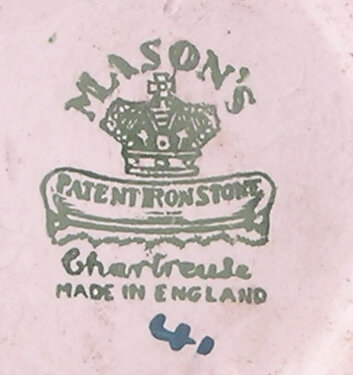Exploring the Ceramics Industry at Hanley, Stoke-on-Trent
A substantial archaeological investigation was carried out during late winter 2010 in advance of the building of a new supermarket in Hanley on behalf of Tesco Stores Ltd. It revealed a remarkable sequence of three pottery works dating from the late 18th to 19th century.
The remains of the three manufactories - Mason’s Ironstone Works, the Kensington Pottery Works and St James Street Pottery - were uncovered. There were around 300 pottery works in North Staffordshire alone, producing high quality wares which were famous around the world. The finding of the remains of workshops, stores, kilns or ovens as well as the pottery was significant. Some of the kiln bases were in surprisingly good condition, and showed evidence of extensive burning (left), demonstrating this would have been a hot, dirty and dangerous environment in which to work.
It was usual for pottery workers (including young children) to live close to their place of work, and some of their homes were revealed during the investigation. Three terraced houses, each with a cellar or semi-basement and what may be an external staircase to a second floor, were found facing Broad Street. Fragments of domestic ceramics including teapots, cups, plates and dishes were found in the deposits and demolition layers infilling the remains of the dwellings. Of note is a pottery sherd with the Mason’s Ironstone Works mark on it (right), showing it hadn’t moved far from where it was made.
AOC is grateful to Vinci Construction UK Ltd who commissioned the work on behalf of Tesco Stores Ltd and to Jonathan Goodwin, Senior Planning Officer at City of Stoke-on-Trent, for his input and guidance on the project.



